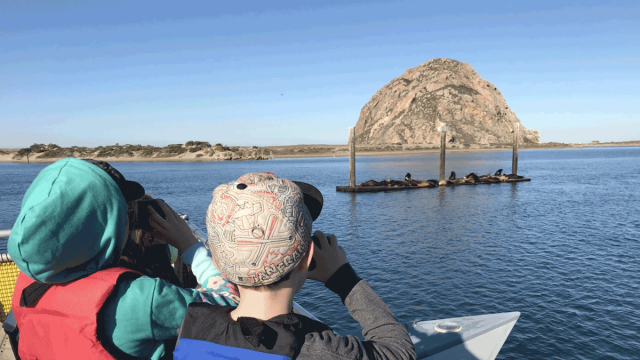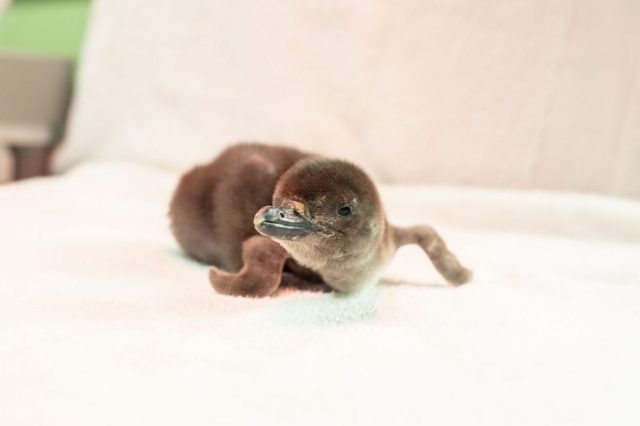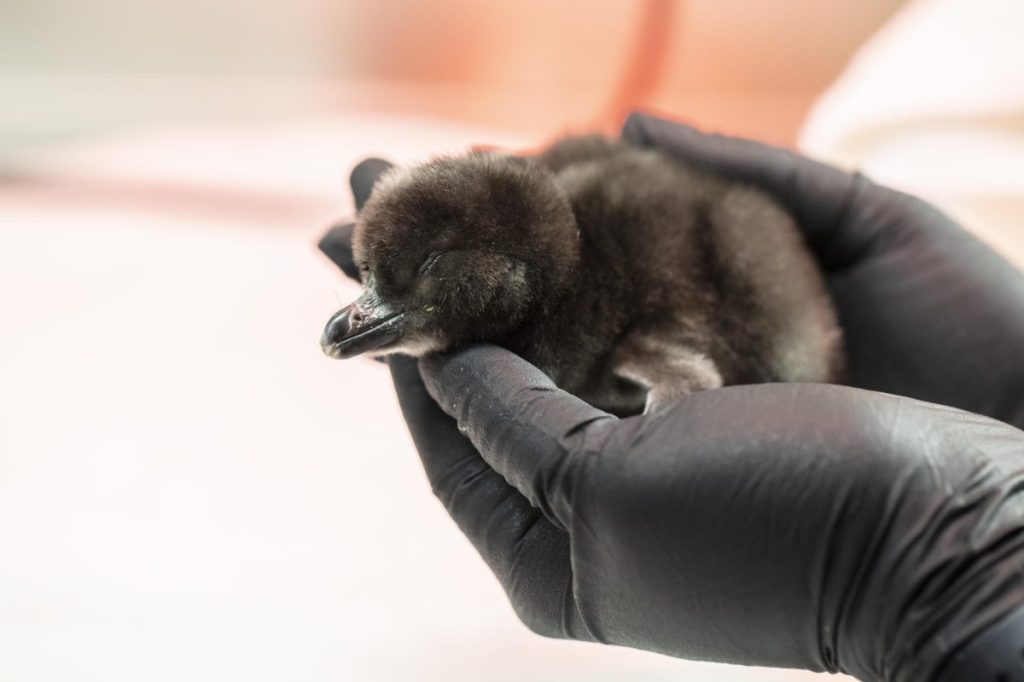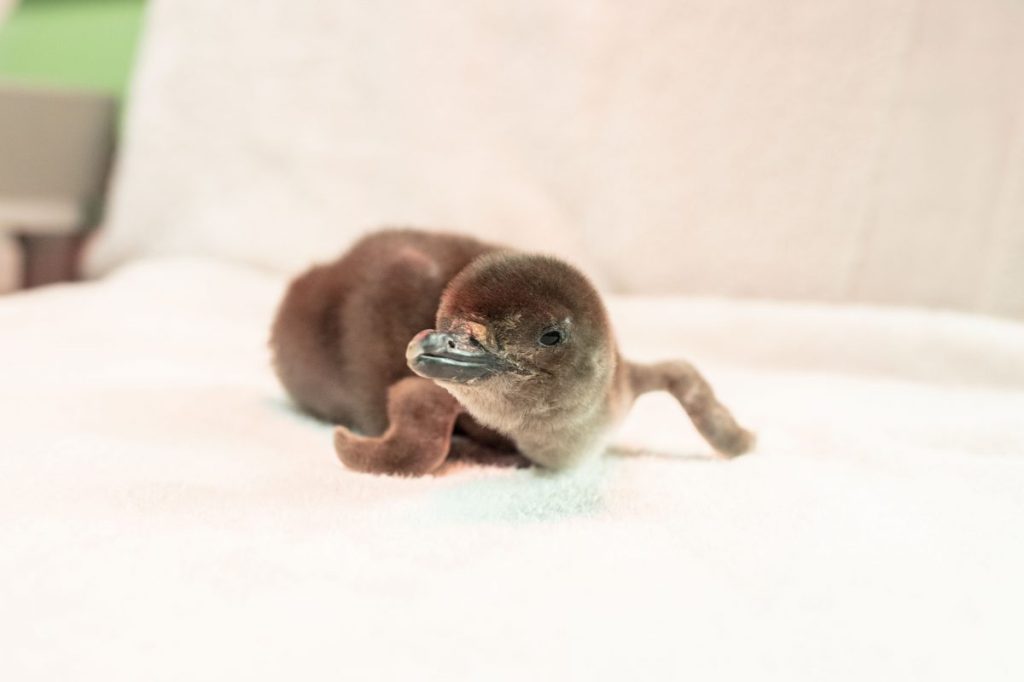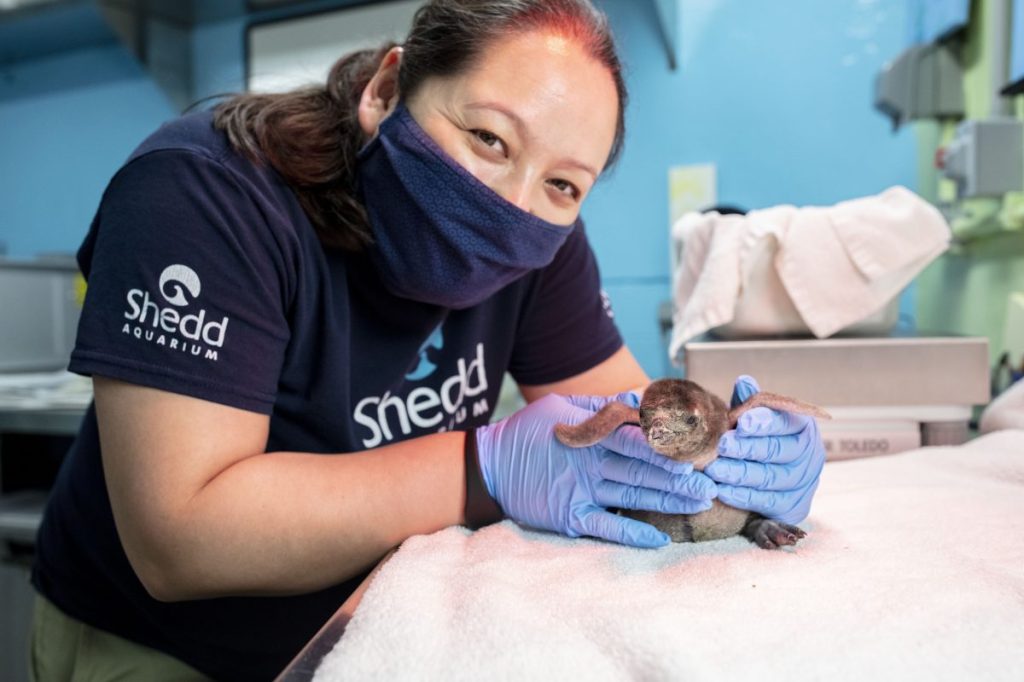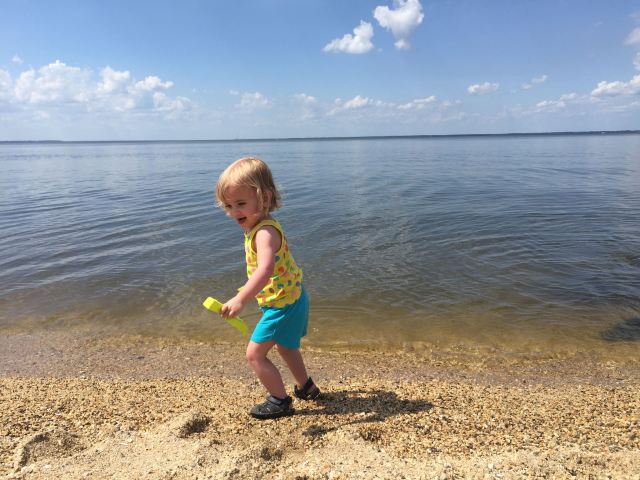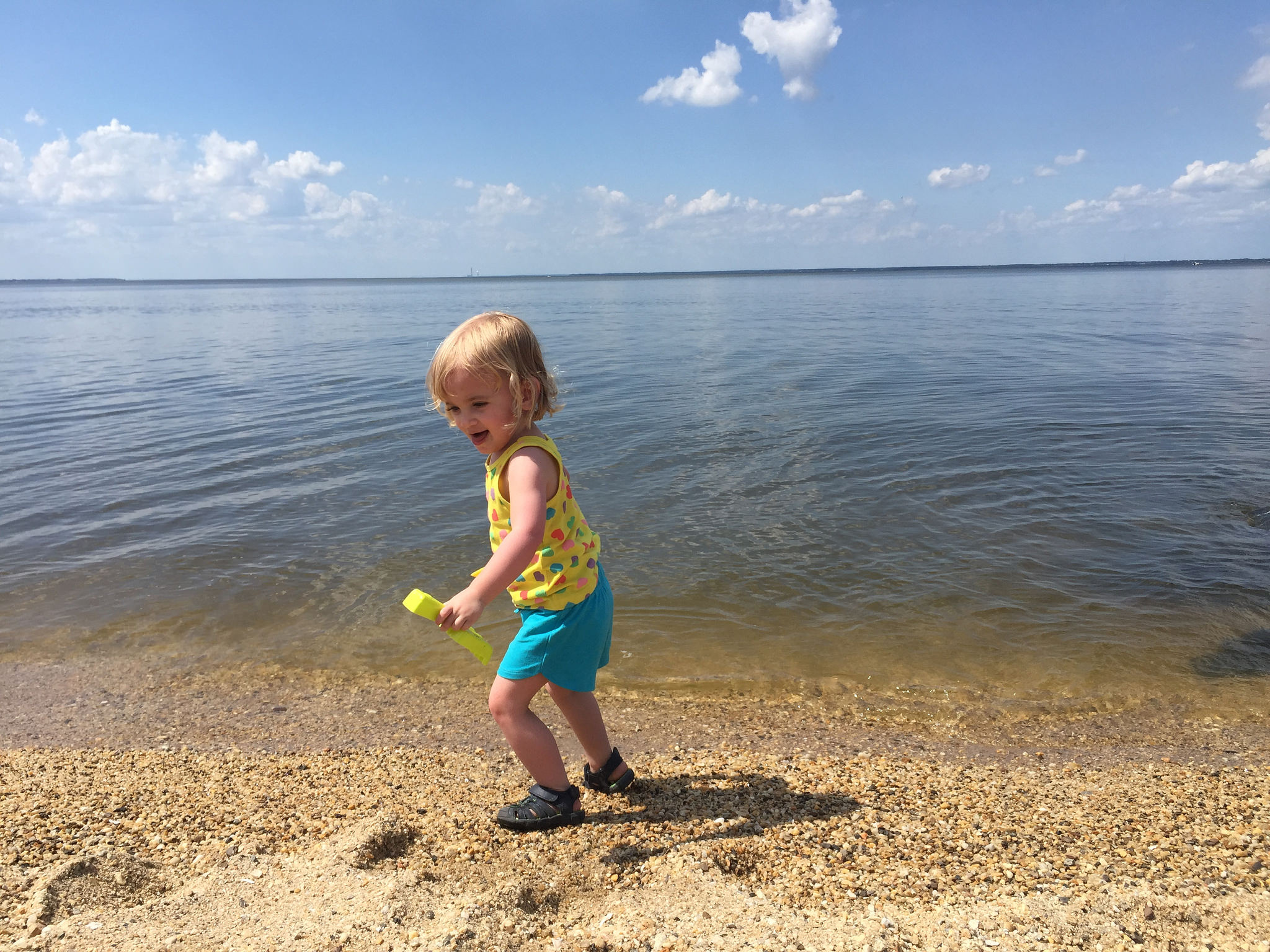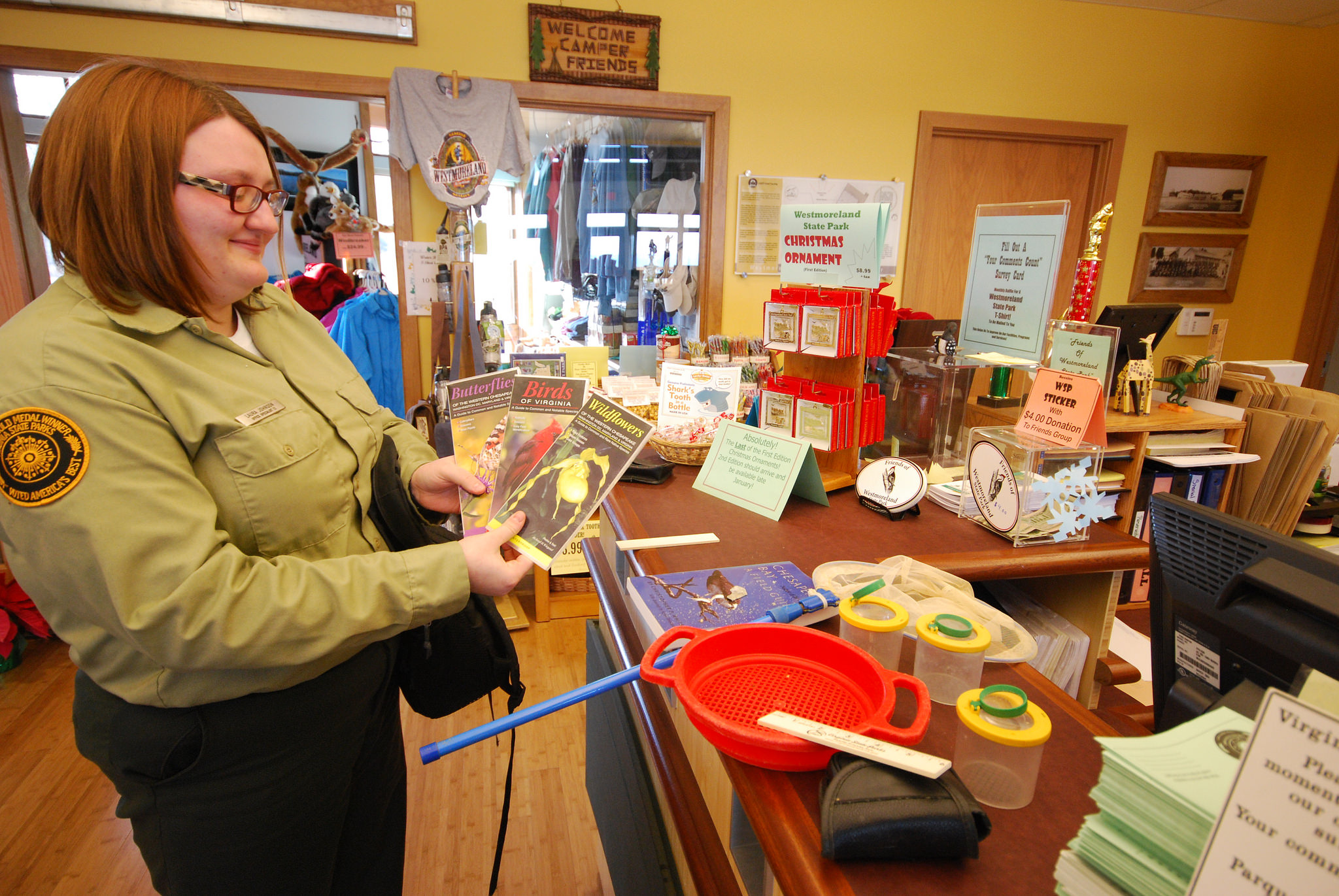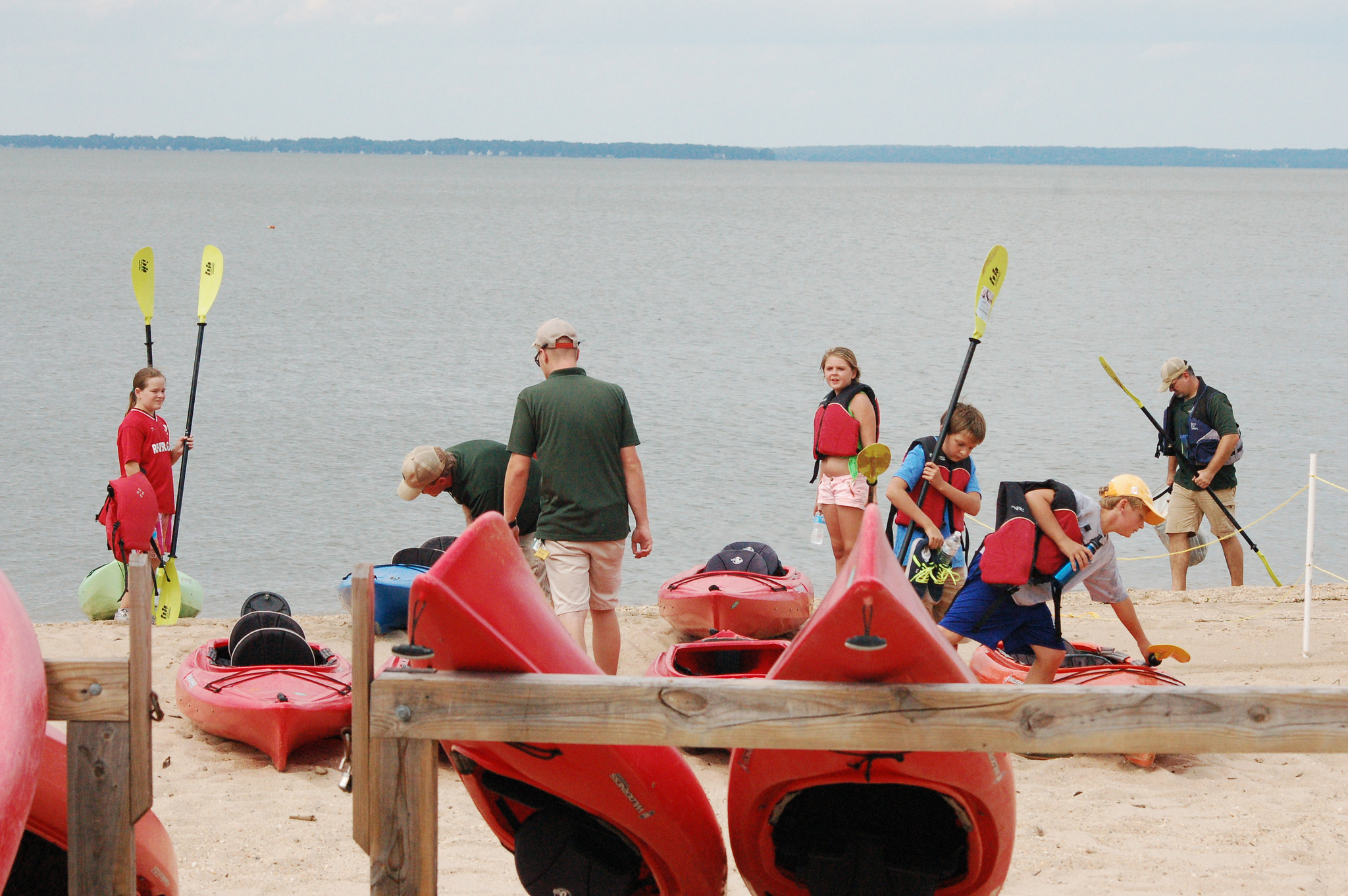The winter is a perfect time to visit some of the marine mammals that make the Bay Area coast their vacation home. Scroll through for all our recs on where to see sea lions, elephant seals, sea otters and even whales in the Bay Area!
San Francisco
PIER 39
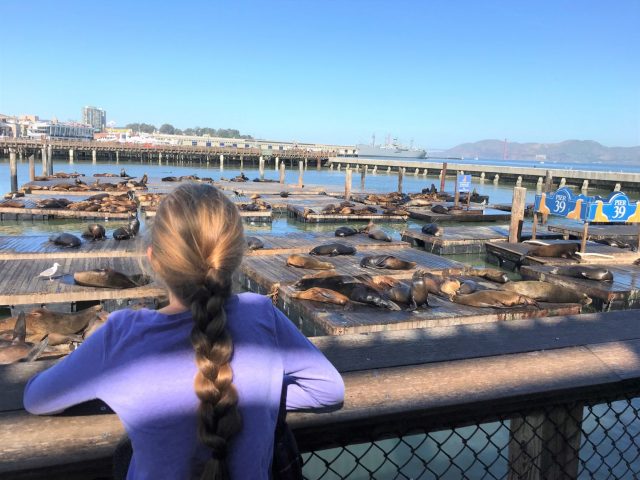
Coined the Pier's "Sea Lebrites", these boisterous barking pinnipeds came sparingly at first after the Loma Prieta earthquake hit San Francisco in October 1989. With a protected environment and plentiful supply of food from the Bay, the sea lions quickly decided to make PIER 39’s K-Dock their new home, with each winter bringing in up to 900 sea lions. Check out our guide to PIER 39 here.
Online: pier39.com
San Francisco Zoo
Head to the San Francisco Zoo across from Penguin Island to see the playful Northern American river otters. These excellent swimmers are super playful, often seen practicing their underwater skills, wrestling with friends and sliding down slippery banks.
Online: sfzoo.org
Peninsula/South Bay
Año Nuevo State Park, Davenport
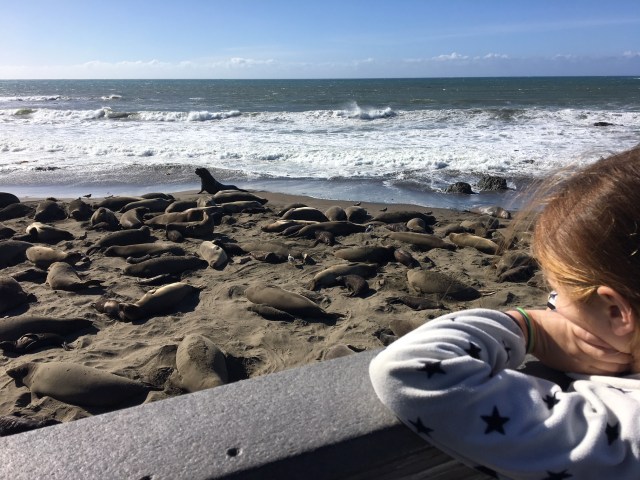
Año Nuevo State Park is one of the largest mainland breeding colonies in the world for the Northern Elephant Seal, giving families an up-close view of these awesome creatures. Up to 10,000 of them pack the beaches of Año Nuevo for breeding season, which begins in December when the first males arrive. From Dec. 15-Mar. 31 you'll need to book a guided tour to see the elephant seals in their native habitat. The park is partially open due to COVID and face masks are required.
Online: parks.ca.gov
Whale Watching with the Oceanic Society, Half Moon Bay/San Francisco
From January-March, you can head out on a three-hour whale watching tour in search of migrating gray whales. Tours leave from Half Moon Bay and you have the chance to see whales, seals and sea lions, dolphins and porpoises and seabirds. From April-November you can take a day trip from San Francisco to the Farallon Islands for an unforgettable experience.
Online: oceanicsociety.org
Santa Cruz Wharf
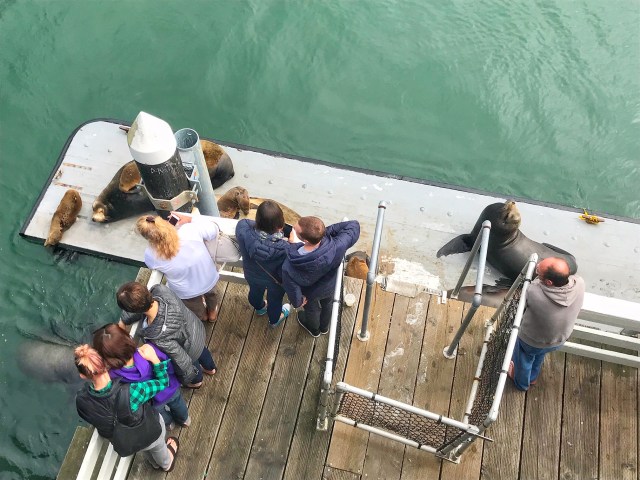
The Santa Cruz Wharf juts out into the Pacific right between the Boardwalk and The Dream Inn. Along with a number of great restaurants (we like Woodies Cafe for its good food and laid-back vibe), there are spots to go fishing and souvenir shops aplenty. Kids will love checking out the sea lions that make their home there. You can check out the viewing holes at the end of the wharf or head to the lower deck area across from Bonnie's for some up-close viewing. Nearby is the Monterey Bay National Marine Sanctuary, a free marine education center.
Online: cityofsantacruz.com
Elkhorn Slough, Moss Landing
If you are looking to see some sea otters up close, this is the activity for you. This spot is perfect for kayaking even for beginners as the waters are calm and you’ll get the opportunity to view tons of wildlife. Kayak Connection will take you out on a family adventure tour where paddlers as young as 3 can get some water time. Or, book your rental to explore on your own. You can read our kayaking with kids guide here.
Online: kayakconnection.com
North Bay/Marin
Point Reyes
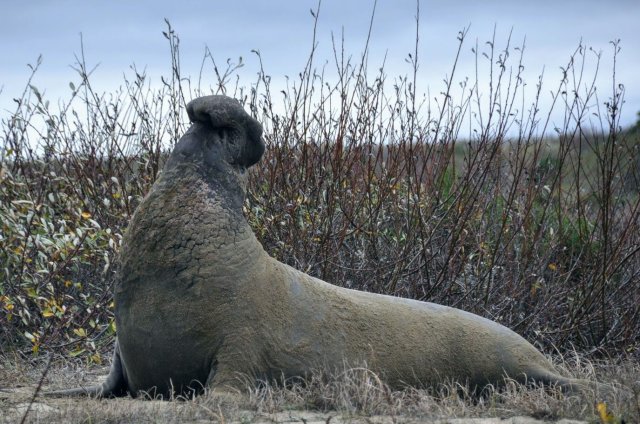
Point Reyes and Chimney Rock are great spots to view elephant seals and migrating whales. Bring your binoculars and head to the Elephant Seal Overlook to check out the animals that haul out there. Check out this page for additional info on the animals there and closures that are taking place to protect the animals.
Farther South
Monterey Bay Aquarium
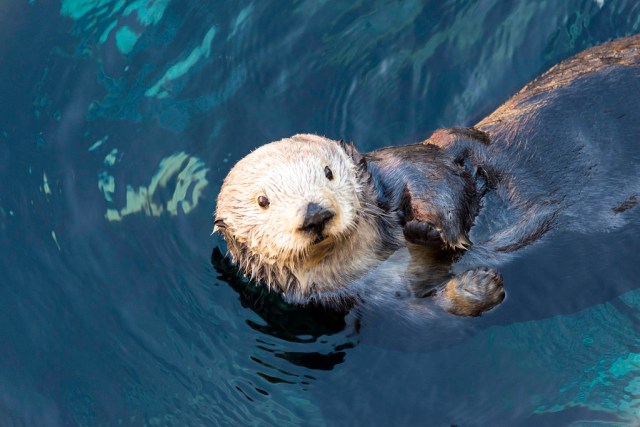
The Monterey Bay has been a center of activity throughout the central coast’s history. Now home to the Monterey Bay Aquarium, at the site of historical Hovden Cannery, the Aquarium welcomes close to two million visitors per year. You and your mini aquarists will be captivated by the natural exhibits, marine life and daily educational programs. Dip into our insider’s guide and be submerged in everything this ocean conservation facility has to offer.
Online: montereybayaquarium.org
Piedras Blancas Elephant Seal Rookery, San Simeon
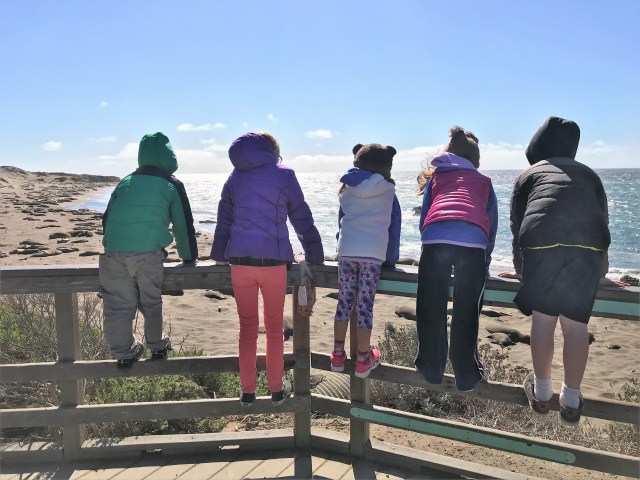
The Piedras Blancas Elephant Seal Rookery is a must-visit spot in San Simeon (just north of Cambria). Pretty much any time of year you can walk along the pier and see these massive animals up close. The pier is open every day and there are no fees or reservations required. Volunteer docents are often available to answer questions. Read our guide to the central coast here.
Online: elephantseal.org
Sub Sea Tours Whale Watching, Morro Bay
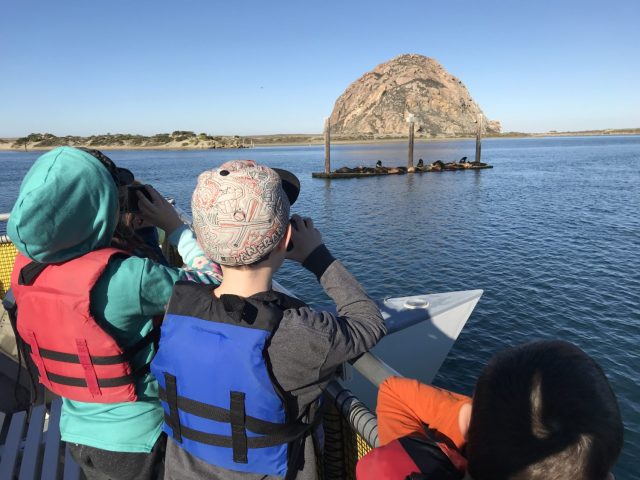
Reserve a spot on a three-hour whale-watching tour and go past the calm harbor waters to see if you can spot gray or humpback whales that come to feed on the abundant sea life offshore. The 45-minute sub tours are especially fun for little ones wanting to see schools of fish and jellyfish, as well as the local sea otters and harbor seals. You can also rent kayaks and stand-up paddleboards from this location. Check out our Morro Bay guide for more info.
Online: subseatours.com
